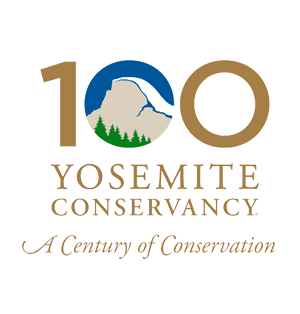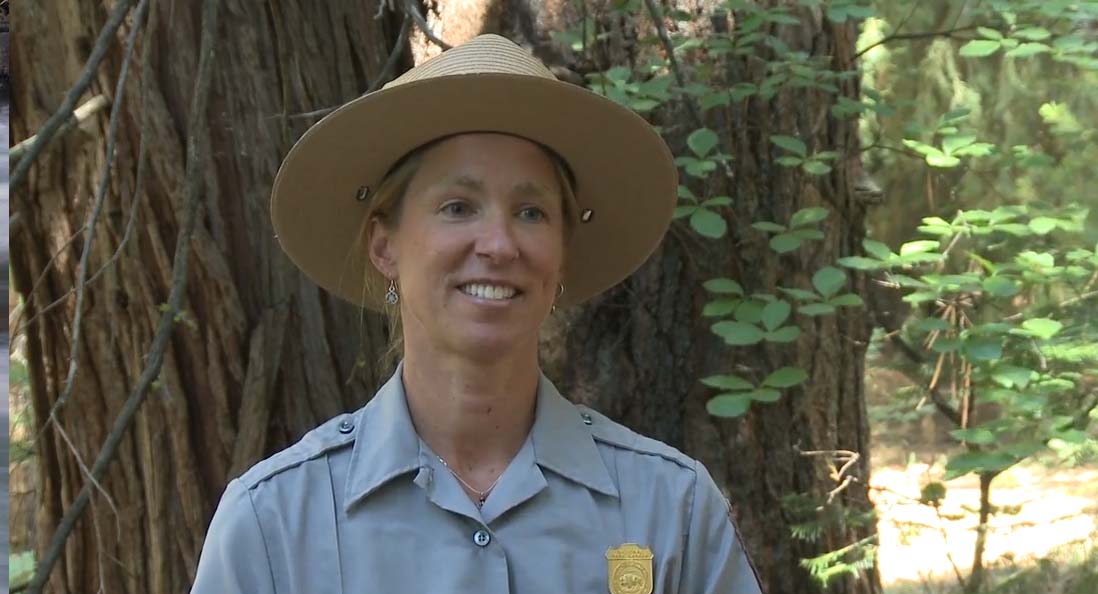The great gray owl has a special place in Yosemite. The park is the last stronghold for this rare and spectacular bird, and contains more than two-thirds of the known remaining California population. Thanks to Conservancy donors, Yosemite has the most robust great gray owl monitoring program in California.
Conservation Needed for Rare Species
The great gray owl, the largest of North America’s owls and one of California’s rarest birds, is threatened from human activity from both inside and outside the park. Conservancy donor support over the years has contributed to major milestones in Yosemite’s owl research and conservation efforts, including the recognition of a distinct subspecies of the rare great gray owl within the park.
Innovative Non-Invasive Techniques
With support from Conservancy donors, Yosemite’s wildlife biologists have applied innovative techniques to locate great gray owl nests, identify and model suitable habitat, and monitor individual owls. Using non-invasive tools and tactics, such as passive automated recording units (ARUs) and genetic testing on naturally molted feathers, scientists have been able to track long-term owl population trends and collect data that informs park management decisions, without having to trap, handle or otherwise disturb these endangered birds.
Understanding How Fire Affects Owls
The 2013 Rim Fire, the largest recorded wildfire in Yosemite’s history, provided a unique opportunity for scientists to investigate the effects of fire on the park’s great gray owl population. Researchers estimate that the Rim Fire burned nearly one-fifth of known great gray owl nesting sites, transforming the meadow habitats on which these rare birds depend. In 2014 and 2015, Conservancy donors funded research designed to determine how the Rim Fire affected Yosemite’s great gray owls (as well as California spotted owls), by using non-invasive techniques to survey more than 1,000 acres of burned and non-burned areas for signs of birds and nests. Preliminary results showed that many owls have returned to their long-term habitats, even in areas where the Rim Fire had destroyed their nest trees.
Additional funding from Conservancy donors in 2016 supported continued research focused on how the fire has influenced the owls’ ability to reproduce. Results from this research are helping scientists understand how fires can destroy, preserve or even create habitat for Yosemite’s owl species, while also informing fire management decisions in the park to give owls the best possible chance of thriving in their native forest and meadow habitats.
Ensuring Long-Term Protection for the Great Gray Owl
In addition to being used to inform park management plans, results from this Conservancy donor-funded work are shared with a broad group of organizations, all of which have important roles in protecting the great gray owl. These include the Institute for Bird Populations, Wildlife Society, National Forest Service, California Department of Fish and Game, Audubon Society, Golden Gate Raptor Observatory and University of California, Davis. Research on Yosemite’s great gray owls has also been shared with the broader scientific community through numerous publications in peer-reviewed journals, including a 2015 paper on the need to study both occupancy and reproduction rates among the endangered birds in the wake of the Rim Fire.

